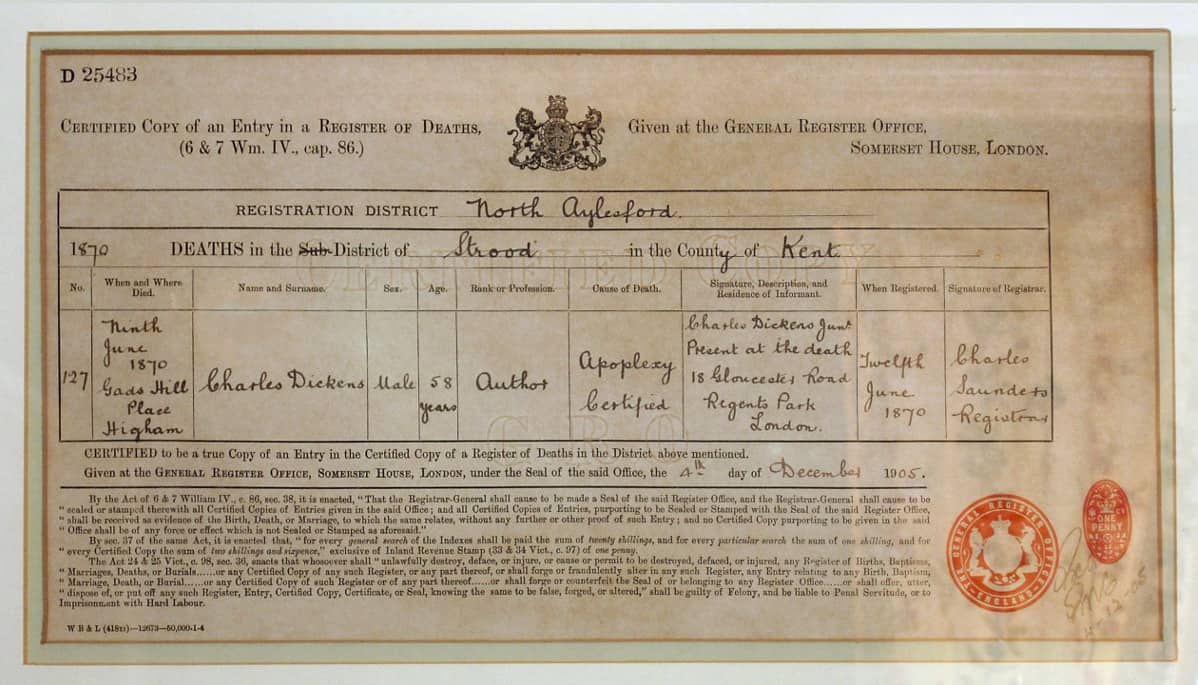
In 1990, Claire Tomalin published The Invisible Woman, a biography of the actress Ellen Ternan, best known today for her secret relationship with Charles Dickens, which spanned the last thirteen years of his life. In her book, Tomalin suggested a new theory about the death of Dickens: that when he died in 1870, he may have collapsed at Ellen Ternan’s home in Peckham, rather than in his own house, Gad’s Hill Place in Kent.
In June 2020, the 150th anniversary of Dickens’s death, discussion was generated once again and Tomalin’s theory was revisited, reigniting furious debate. So, how do we deal with gaps in history, when no one who was alive at the time is available to corroborate our theories?
In the early 2000s, I spent five years researching my biography of Kate Perugini, the artist daughter of Charles and Catherine Dickens. I was lucky enough to be able to update my biography in 2018, to reflect new information that had come to light. During those intervening years, I also wrote three books about Charles Dickens and his world, and am currently writing a book called Dickens and Travel. Through my own research into Dickens and his family, I came to the conclusion that the official story of him collapsing at his home, Gad’s Hill Place, in Kent was, in fact, the correct one. […]
First published on 15th March 2021. Read full article on the Royal Literary Fund website.